Hosta, planting guide and care work
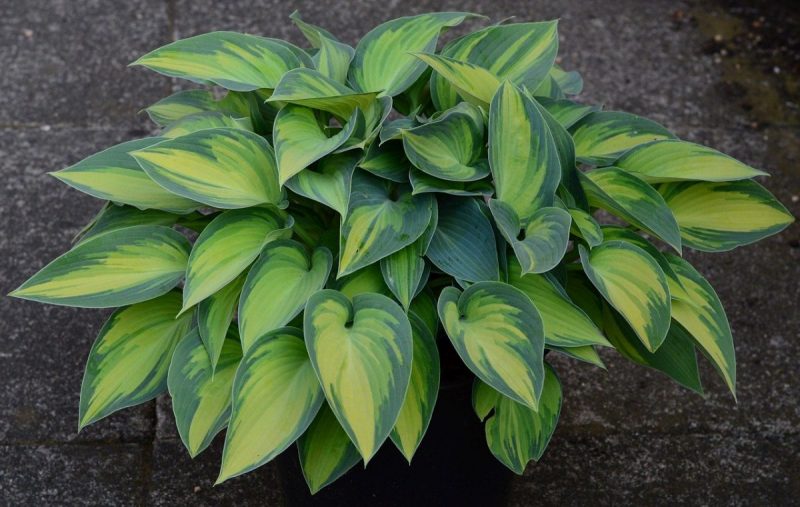
Hosta is a genus of perennial herbaceous plants in the Asparagaceae family, native to Northeast Asia. They are plants that grow from rhizomes or stolons. It grows in the form of a shrub, consisting of large leaves (3-45 cm long and 2-30 cm wide), lanceolate or ovate. The foliage is green in most species, and in some, it has shades of blue and a glossy appearance. The inflorescences are racemes, made up of a thin, lignified stem, on which the pendant flowers are arranged. They are white, lilac, or purple and odorless. The only species with fragrant flowers is Hosta plantaginea. It develops capsule-type fruits, with many seeds inside.
The name of the genus was given in honor of the Austrian botanist Nicholas Thomas Host. In the past, the genus was called Funkia. the name is still found in old books.
It is used especially as an outdoor ornamental plant, for decorating parks and gardens; it is also used for bouquets.
Species and varieties
Hosta plantaginea is one of the most common species, and it is native to China. It grows from rhizomes, reaching a height of 30-45 cm, with a bush diameter of 45-60 cm. The leaves are green and glossy. They have an ovate or cordiform shape and are very large. It blooms in July-September, forming white, fragrant flowers, clustered in racemes. It has several varieties:
“‘Grandiflora’ – it has narrower leaves.
‘Honeybells’ – it has yellow-green leaves and purple, fragrant flowers.
‘Sweet Susan’ – the leaves are green and shiny.
‘Royal Standard’ – it is very similar to the previous cultivar.
‘August Moon’ – with light green, yellowish leaves.
Hosta fortunei is a species that develops a vigorous bush, made up of broad, ovate leaves with prominent ribs. It blooms in summer and develops purple flowers at the top of the 75 cm stems.
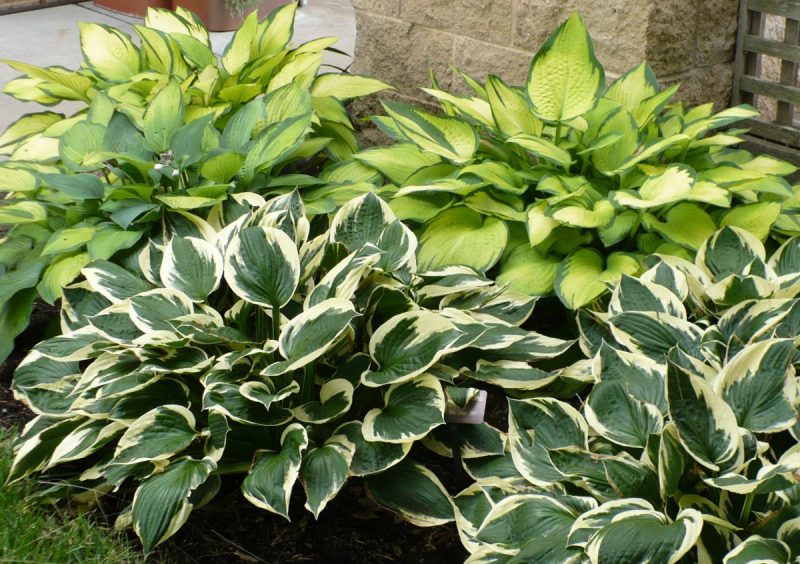
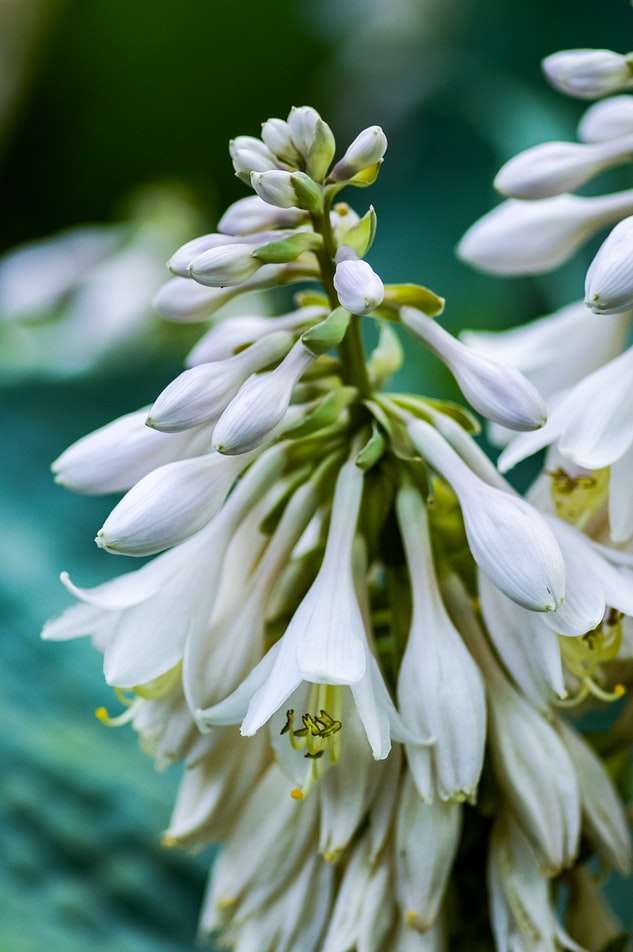
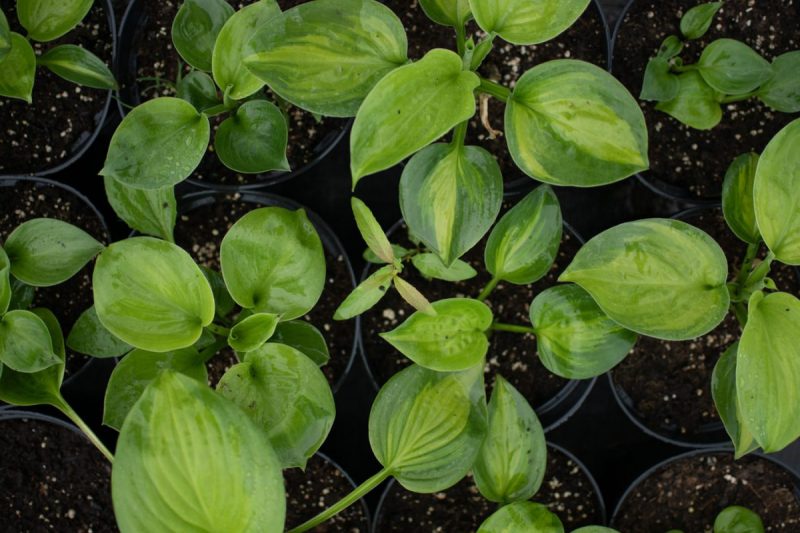
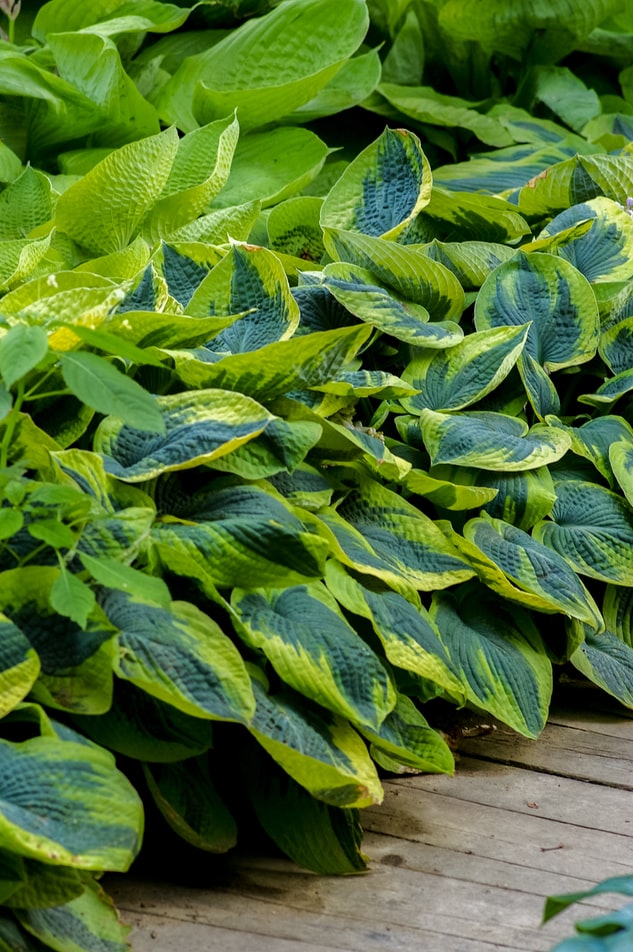
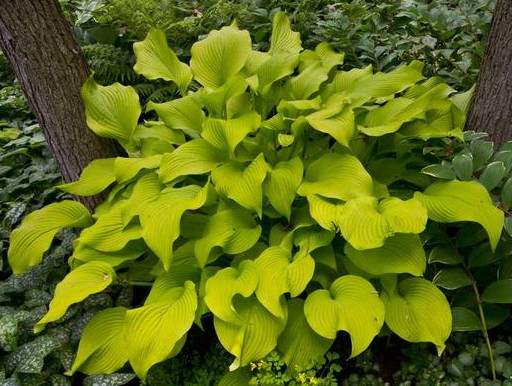
Environmental conditions
Light. It grows best in partially shaded areas and it needs the sun for at least 4-6 hours a day.
Temperature. It has no specific temperature requirements, withstanding well the temperate continental transitioning into an oceanic climate. In colder areas, during winter, it should be covered with a layer of mulch.
Soil. It requires fertile, well-drained, moist soil with a slightly acidic-neutral pH.
Watering
Watering should be done moderately so that the soil is maintained damp. Drought causes burns on the edges of the leaves.
Fertilization
During the vegetative growth period (spring-autumn), liquid fertilizer or fertilizer in the form of granules should be administered.
Recommended products
-
You can find products on a different store
Change Store -
You can find products on a different store
Change Store -
You can find products on a different store
Change Store -
You can find products on a different store
Change Store -
You can find products on a different store
Change Store -
You can find products on a different store
Change Store -
You can find products on a different store
Change Store -
You can find products on a different store
Change Store -
You can find products on a different store
Change Store -
You can find products on a different store
Change Store -
You can find products on a different store
Change Store -
You can find products on a different store
Change Store -
You can find products on a different store
Change Store -
You can find products on a different store
Change Store -
You can find products on a different store
Change Store -
You can find products on a different store
Change Store -
You can find products on a different store
Change Store -
You can find products on a different store
Change Store -
You can find products on a different store
Change Store -
You can find products on a different store
Change Store -
You can find products on a different store
Change Store -
You can find products on a different store
Change Store -
You can find products on a different store
Change Store -
You can find products on a different store
Change Store
Pruning
No pruning is required. However, it is recommended to cut the entire foliage in the fall, after the vegetative growth period.
Recommended products
-
You can find products on a different store
Change Store -
You can find products on a different store
Change Store -
You can find products on a different store
Change Store -
You can find products on a different store
Change Store -
You can find products on a different store
Change Store -
You can find products on a different store
Change Store -
You can find products on a different store
Change Store -
You can find products on a different store
Change Store -
You can find products on a different store
Change Store -
You can find products on a different store
Change Store -
You can find products on a different store
Change Store -
You can find products on a different store
Change Store -
You can find products on a different store
Change Store -
You can find products on a different store
Change Store -
You can find products on a different store
Change Store -
You can find products on a different store
Change Store -
You can find products on a different store
Change Store -
You can find products on a different store
Change Store -
You can find products on a different store
Change Store -
You can find products on a different store
Change Store -
You can find products on a different store
Change Store -
You can find products on a different store
Change Store -
You can find products on a different store
Change Store -
You can find products on a different store
Change Store
Diseases and pests
Sometimes snails and slugs can affect the plant’s foliage.
Planting
It can be done easily, in any period, except during the summers with high temperatures. They can be planted directly in the soil, in pots or containers, in rock gardens, etc. Immediately after planting, water abundantly. After that, the soil must always be kept damp.
Propagation
It can be propagated by dividing the bush, in autumn or spring, but only after 4-5 years of planting.
In addition:
- potted plants should be watered less often, so that the substrate is allowed to dry on the surface.
- cutting the stems after flowering stimulates the reappearance of flowers.
- Hosta is toxic to animals. In some Asian cultures, it is used in various dishes.
- sometimes, Hosta can be affected by a specific virus (“Hosta Virus X”), which manifests itself trough the appearance of short, dark blue lines along the ribs. Because it is a virus, no treatments are known against it.















































































































































































































































































































































































































































